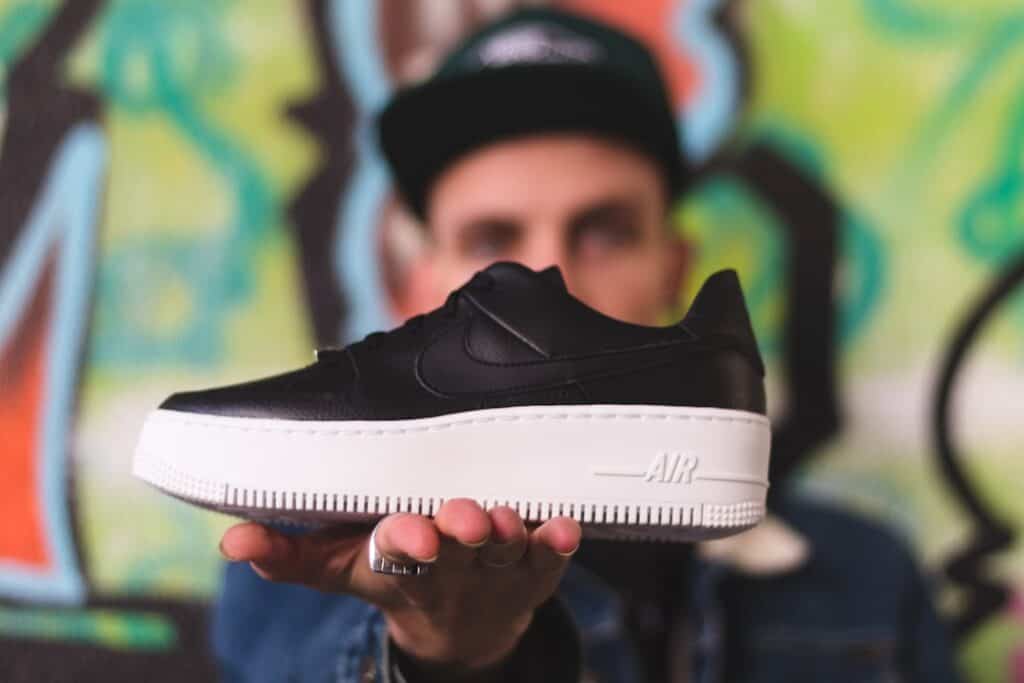Custom hat branding is more than just a fashion statement; it plays a crucial role in establishing brand identity, increasing visibility, and nurturing brand loyalty [1]. The evolution of custom hat branding reflects not only changing consumer preferences but also the storytelling strategies employed by brands to connect with their audience. Custom hats serve as a versatile marketing tool, offering businesses a unique way to make a lasting impression on their target market.
One example of how custom hat branding has evolved to meet changing needs is the incorporation of tech-integrated designs, where hats feature smart elements or interactive components. These modern twists on traditional hat branding cater to tech-savvy consumers and demonstrate a brand’s innovative approach to customization.
Custom hat designs play a pivotal role in brand perception and customer engagement. For instance, brands like Nike have capitalized on the trend of personalization to create custom hat designs that resonate with consumers on a personal level. The quality of custom hat design, including elements like embroidery and material choices, can significantly influence how a brand is perceived by its audience.
An example of effective custom hat branding is the use of luxe accents such as metallic embellishments or premium materials. These additions elevate the perceived value of custom hats, making them more appealing to luxury markets and reinforcing a brand’s commitment to quality.

Texture play is a popular trend in custom hat design, adding depth and visual interest to appeal to fashion-forward consumers. By experimenting with different textures, brands can create hats that stand out and align with current fashion trends.
Another innovative design idea is the incorporation of tech-integrated features in custom hats. Imagine a hat that not only showcases a logo but also includes a built-in LED display that can be programmed to show different messages or graphics. This modern approach to hat design not only attracts attention but also aligns with the tech-savvy preferences of today’s consumers.

Selecting the right hat style is crucial in maximizing brand visibility and ensuring that the design resonates with the target audience. For example, a sports brand may opt for a classic baseball cap style to appeal to a youthful demographic, while a high-end fashion brand may choose a more luxurious material like suede for their custom hat design.
In terms of graphic placement, strategic positioning of the logo, consideration of size proportions, and adherence to visual hierarchy principles are essential for creating visually appealing custom hats. By carefully planning the placement of branding elements, brands can ensure that their message is effectively communicated and leaves a lasting impression on consumers.
Custom embroidered hats have emerged as a powerful form of self-expression and branding, blending fashion and function to cater to diverse demographics. The intricate designs and vibrant color options made possible by embroidery technology allow for detailed branding elements that resonate with wearers on a personal level. Additionally, custom embroidered hats serve as personalized gifts and community-building tools, fostering a sense of belonging among individuals.
The future of custom hat design is poised for exciting developments, with collaborations between brands and designers expected to drive innovation in this space. These collaborations may lead to the creation of unique and limited-edition hat collections that appeal to fashion-forward consumers seeking exclusivity. Moreover, sustainability initiatives in custom hat production, such as the use of eco-friendly materials and waste reduction practices, align with the growing eco-conscious consumer base. Additionally, the integration of AI-driven design tools in the custom hat design process may streamline production workflows and offer personalized recommendations to consumers, enhancing the overall customization experience.